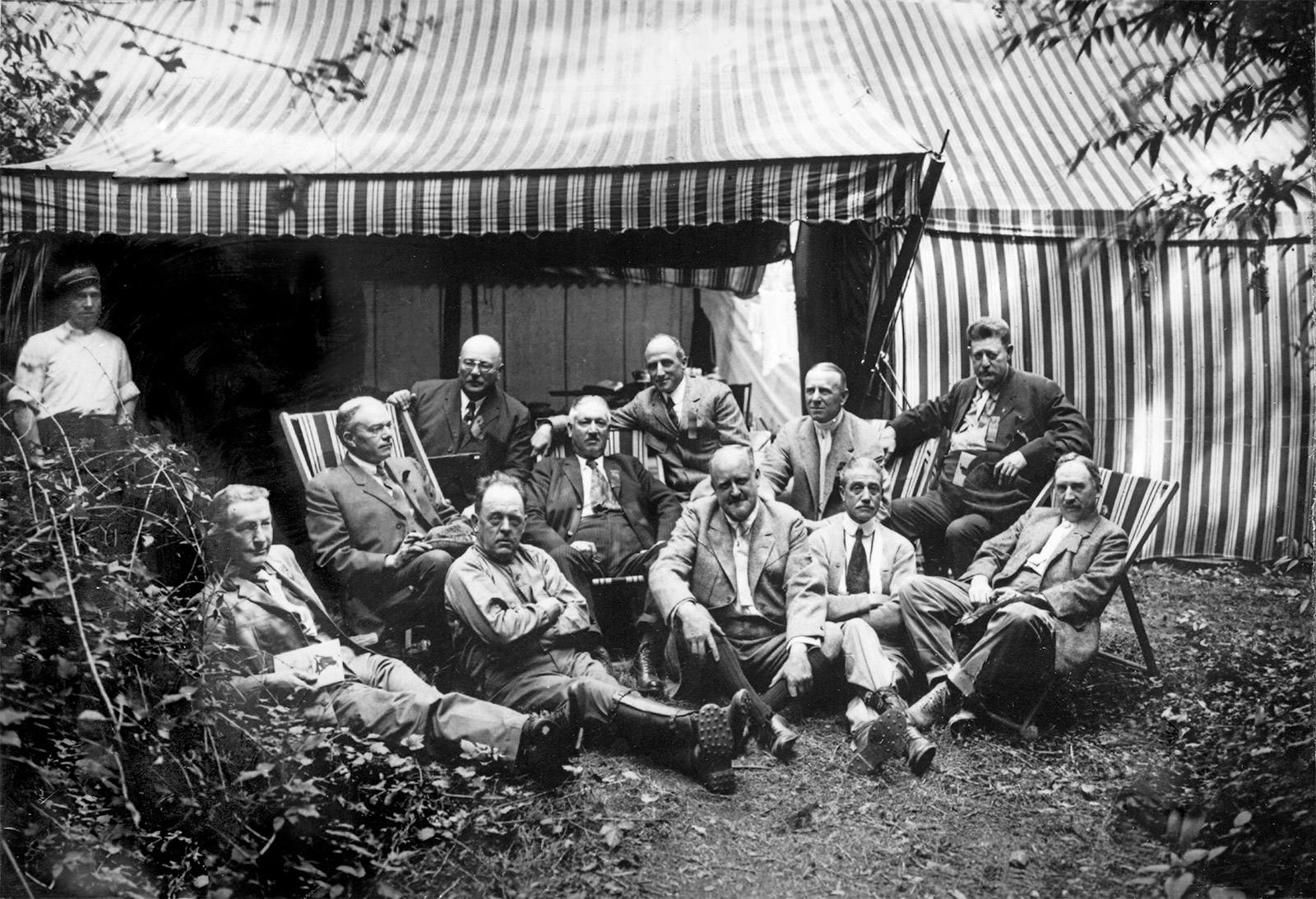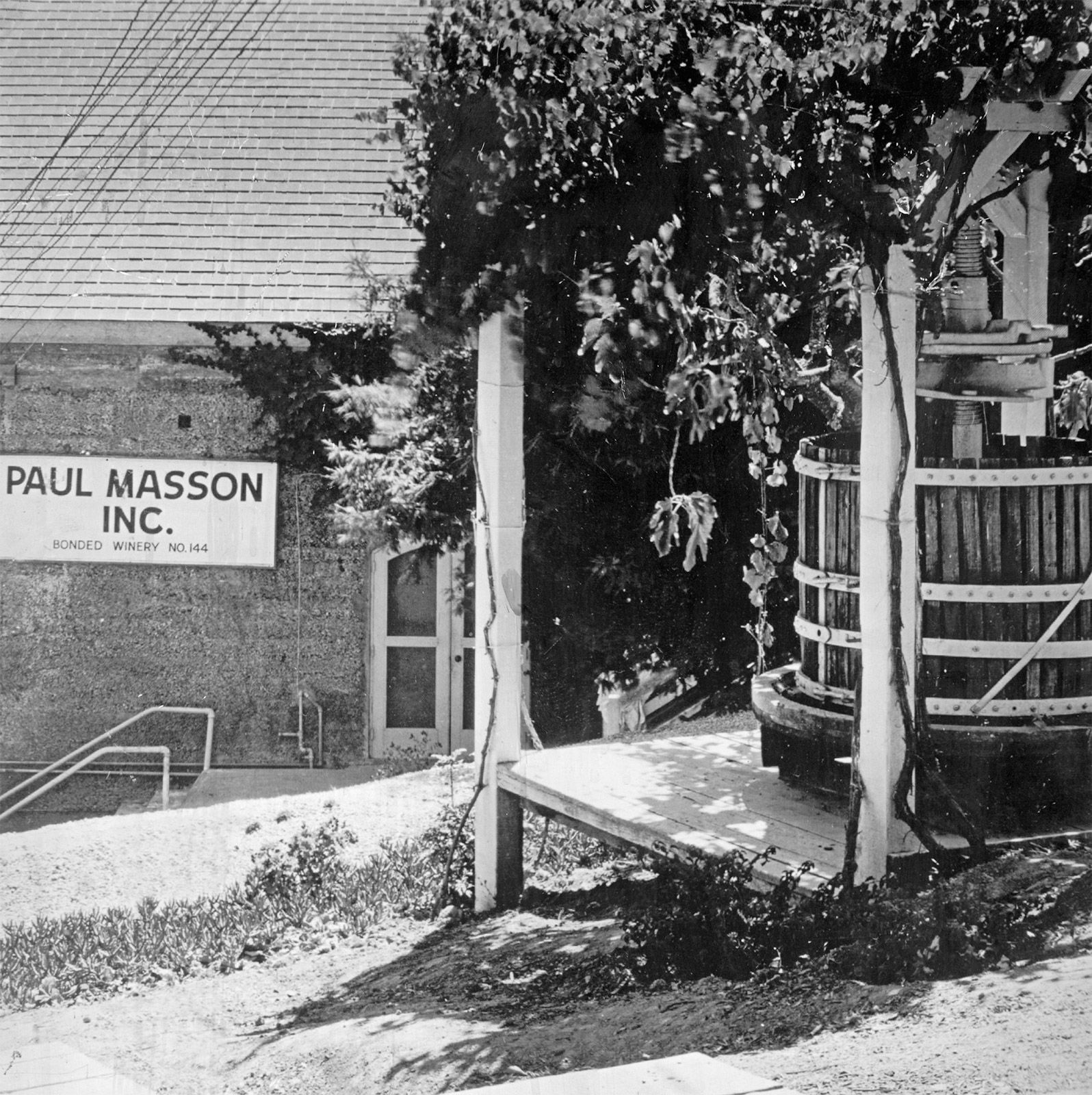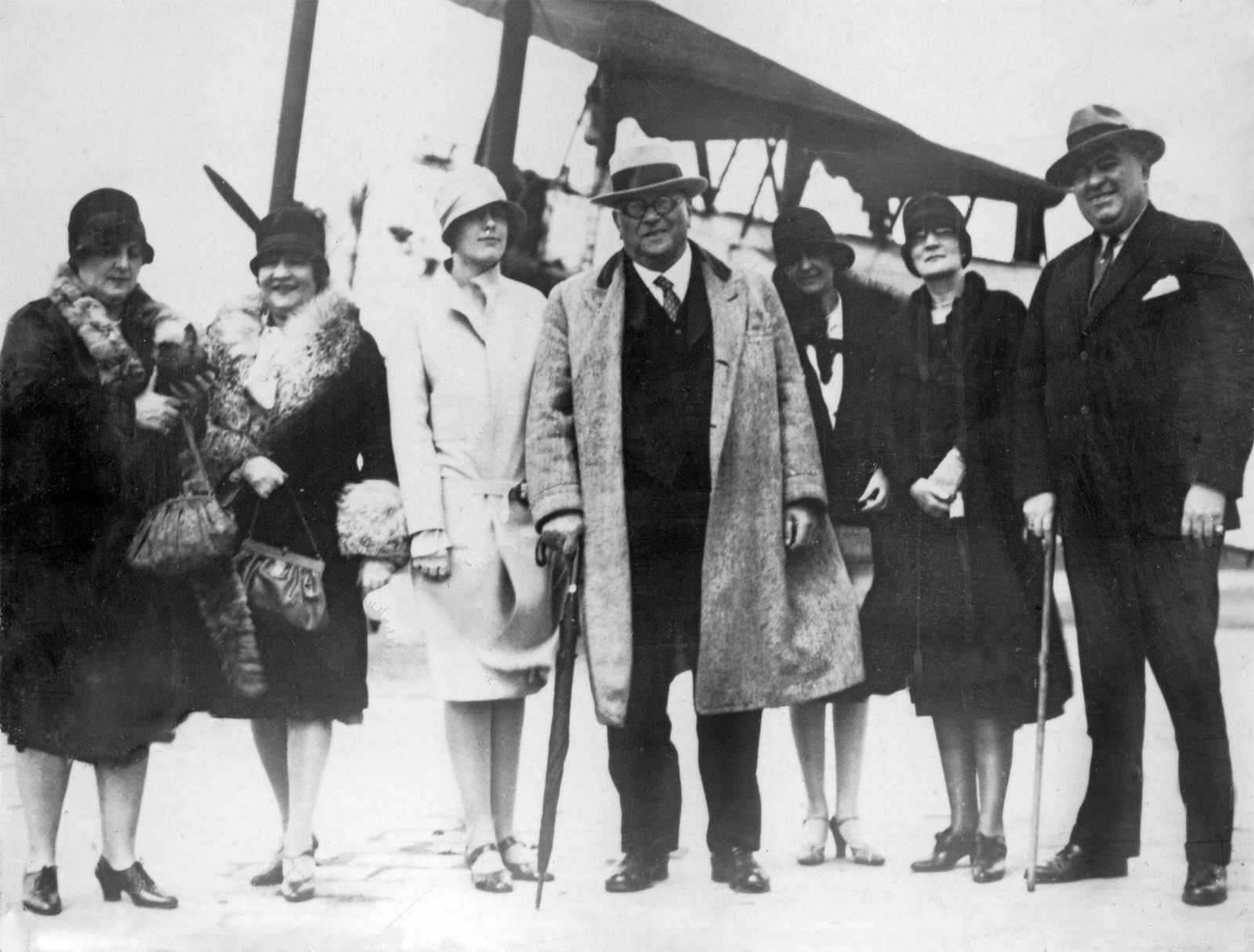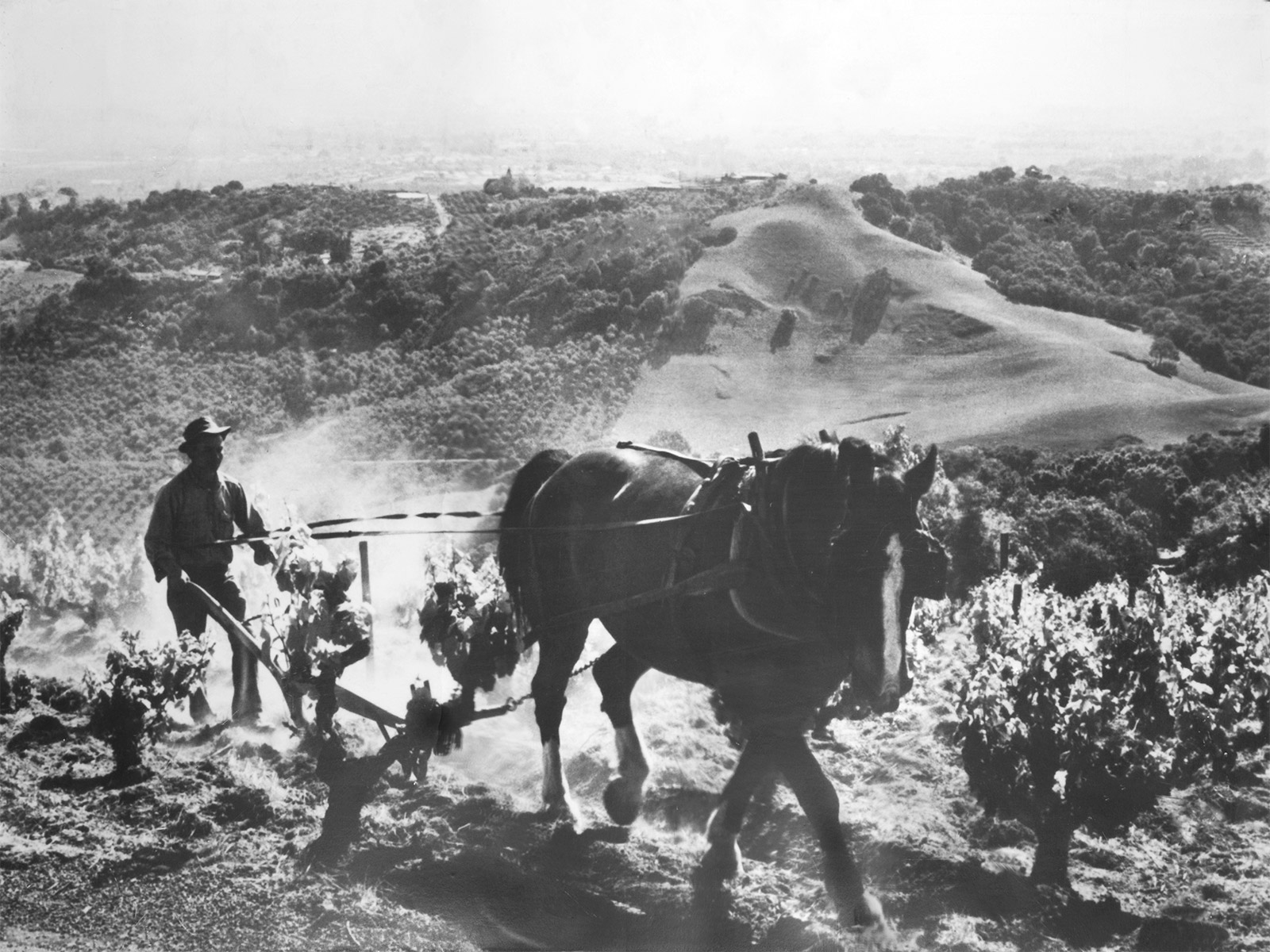History & Legacy
In the fall of 1878, Paul Masson, an ambitious young Frenchman, arrived in San Francisco. Born in Burgundy to a family of well-established winemakers, Masson grew up surrounded by some of the finest wineries and vineyards in the world. Good fortune, or perhaps destiny, led him to the winery of Charles Lefranc, located a days journey south in the Santa Clara Valley. Lefranc, a French expatriate, was a highly respected vintner but it would be his collaboration with Masson that helped to put California wine on the world map.

Using a transplanting technique known as grafting, Masson and Lefranc experimented with the "Mission" vines planted by the Franciscan Padres years before and the vines from Lefranc's vineyard, grown from clippings retrieved from France. The outcome of their endeavor was a selection of fine wines that turned the two men into local celebrities. Soon they were spending their evenings socializing with some of the most famous and wealthy people in San Francisco. These elegant parties provided Masson with a new business idea. He predicted that a city as sophisticated as San Francisco would be a receptive market for a fine; locally grown champagne…he would be proven right!
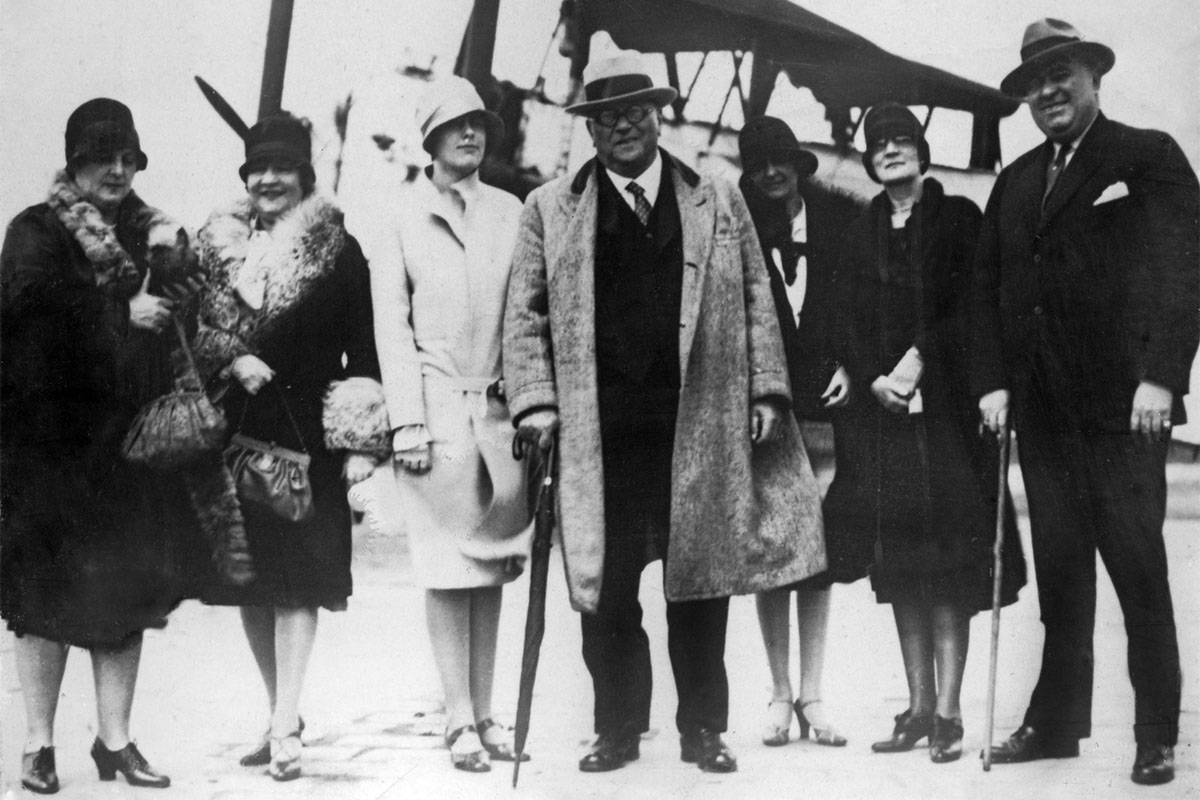
In 1888, Masson secured a place in a winemaking dynasty by marrying Lefranc's oldest daughter, Louise. The company, known for so many years as Maison Lefranc, became The Lefranc Masson Wine Co. Masson was now free to pursue his "Champagne Dream" with new vigor, even spending his honeymoon in Champagne, France. Masson's champagne won countless awards throughout the years. The prestigious Paris Award, which he won at the Paris Expo of 1900, did not go unnoticed by the French press. Suddenly the entire world knew about Paul Masson Champagne of California.
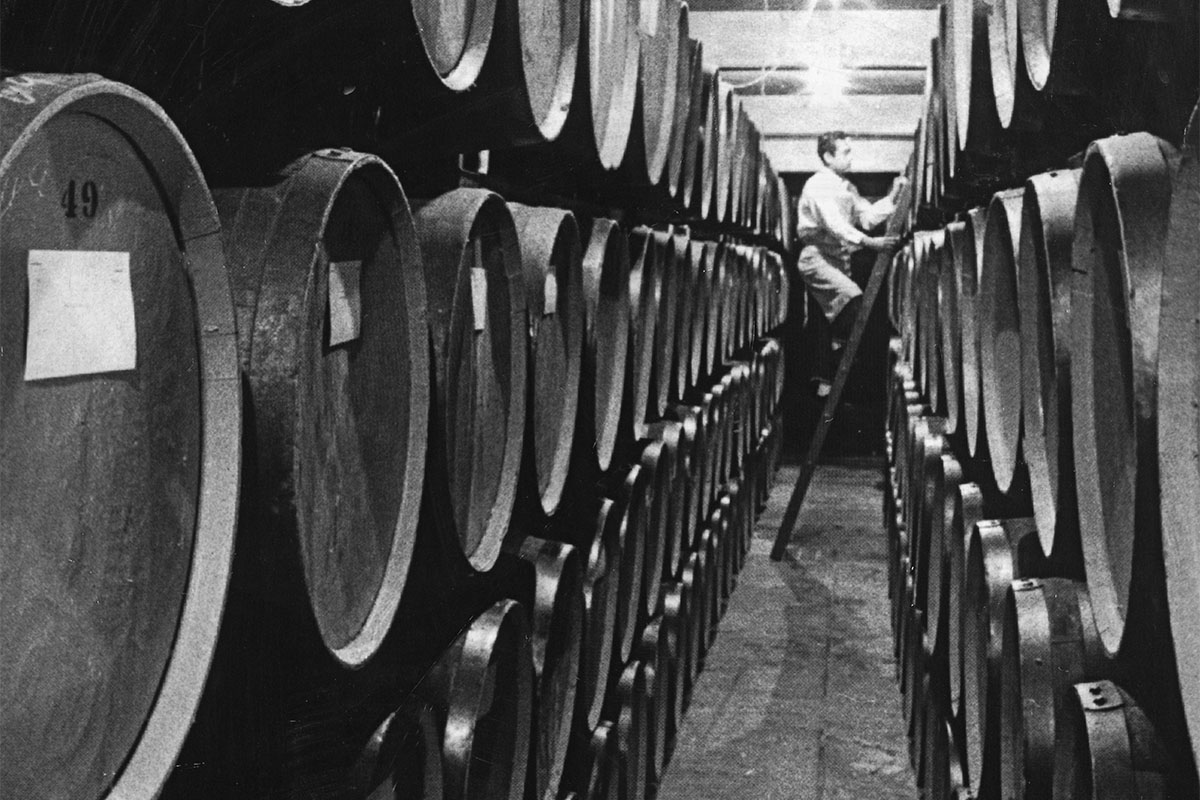
A few years later, with a label of his own and a successful champagne business, Masson decided to build his own winery. In the small, secluded town of Saratoga, he found the perfect location. La Cresta, Paul's "Vineyard in the Sky" was completed in 1905. A year later the winery's cellar lay in ruins, a casualty of the great San Francisco earthquake. By 1907, a new wine cellar stood in its place. A 12th Century Spanish portal that Masson had cunningly "acquired" from the rubble of the old St. Patrick's Cathedral in San Jose added a distinct new feature.
These were good times for Masson, who celebrated his success with grand soirees at the Chateau where wine flowed freely and fine food was served in copious amounts. By 1919 however, the well had literally run dry; Prohibition was the law of the land. During these "dry" years Masson was permitted to produce sacramental wines, however profits were minimal.
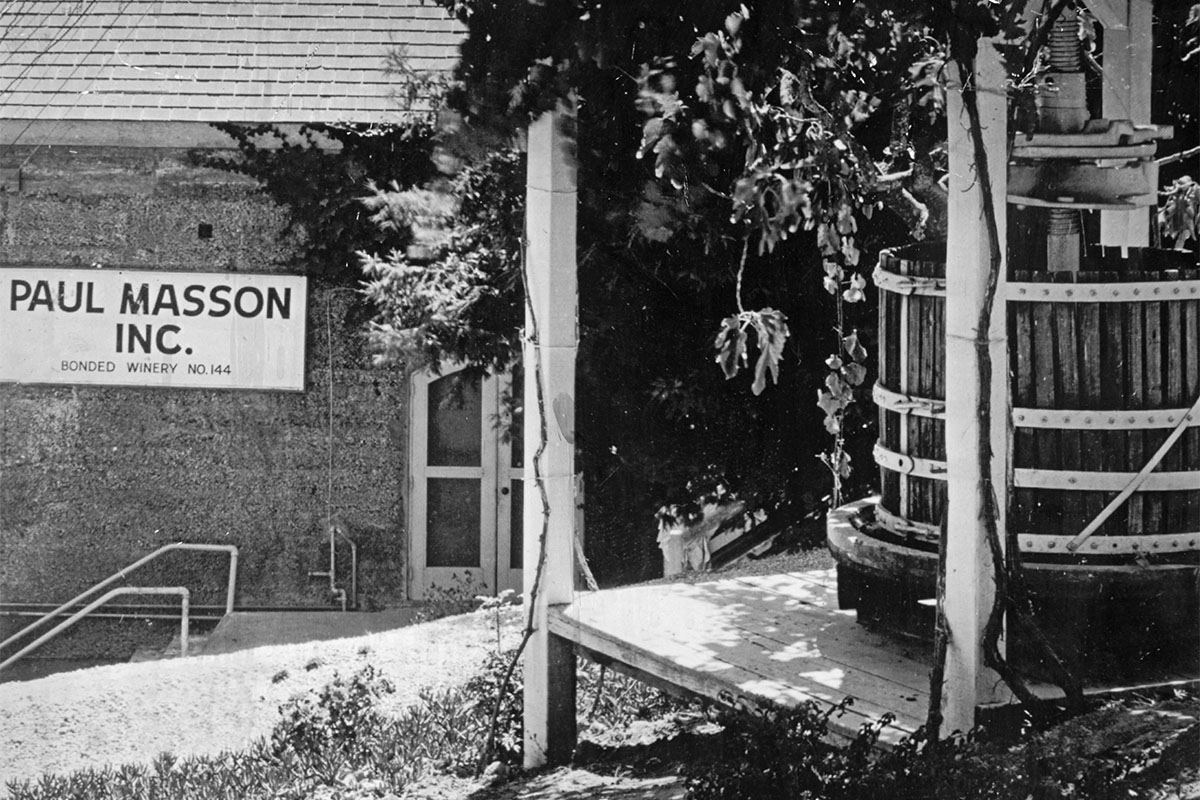
By the time of repeal in 1933, Masson, now a widower had lost most of his fortune and much of the passion that had distinguished him from many winemakers of the region. In 1936, he sold his winery to Martin Ray. As a tribute, Ray, who had fond childhood memories of working at the winery, preserved the Masson name as well as Masson's commitment to excellent wine making.
Even during retirement, Masson found it difficult to stay away from La Cresta. At times, according to Martin Ray, it was difficult to know who the real owner was. Masson died at his home in San Jose on October 22, 1940. He was 82 years old.

In 1958, a concert bowl was constructed and the now famous Concert Summer Series began. World-class music and breathtaking scenery have consistently proven to be a crowd pleasing combination. Today, the Spanish portal provides a dramatic backdrop to the stage where performers such as Diana Ross, Ringo, Lyle Lovett, Willie Nelson and Ray Charles have performed. The famous Summer Concert Series continues to entertain local crowds and the property remains a popular choice for weddings, corporate meetings and company retreats.

